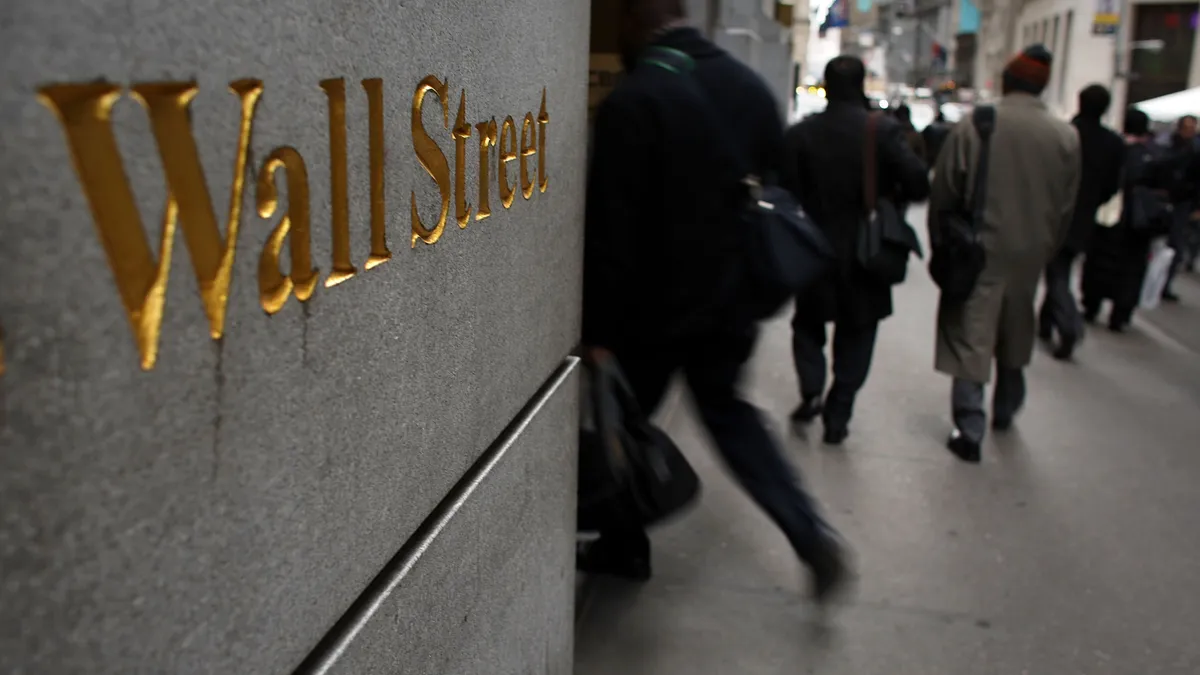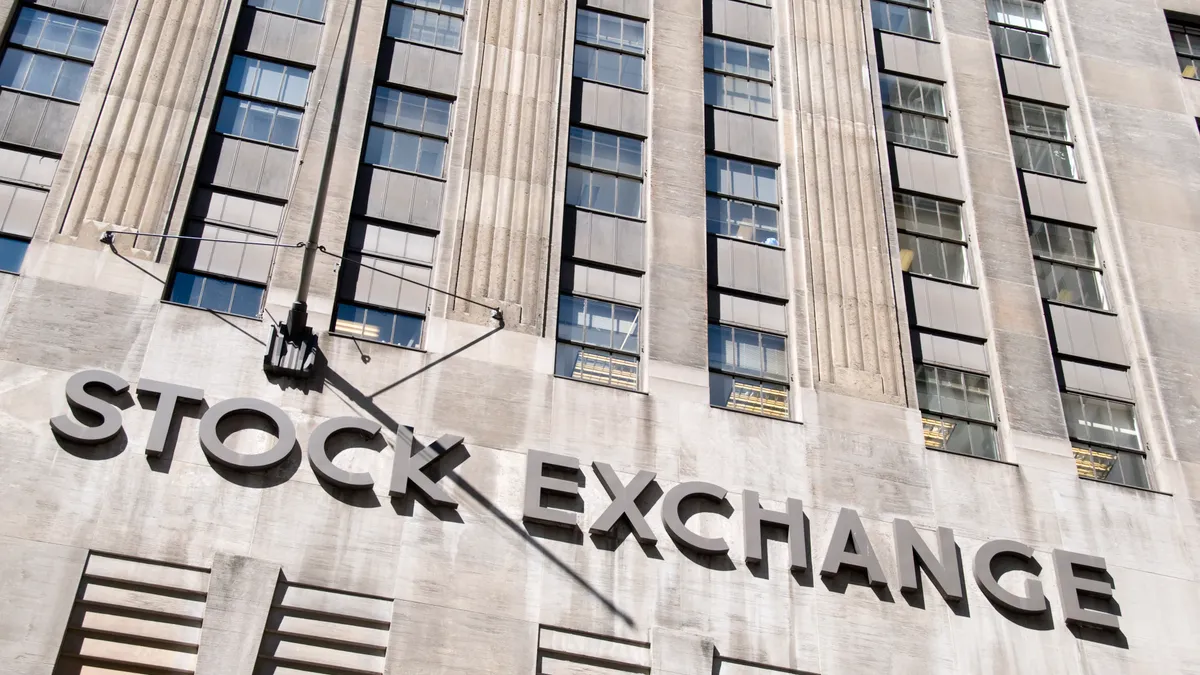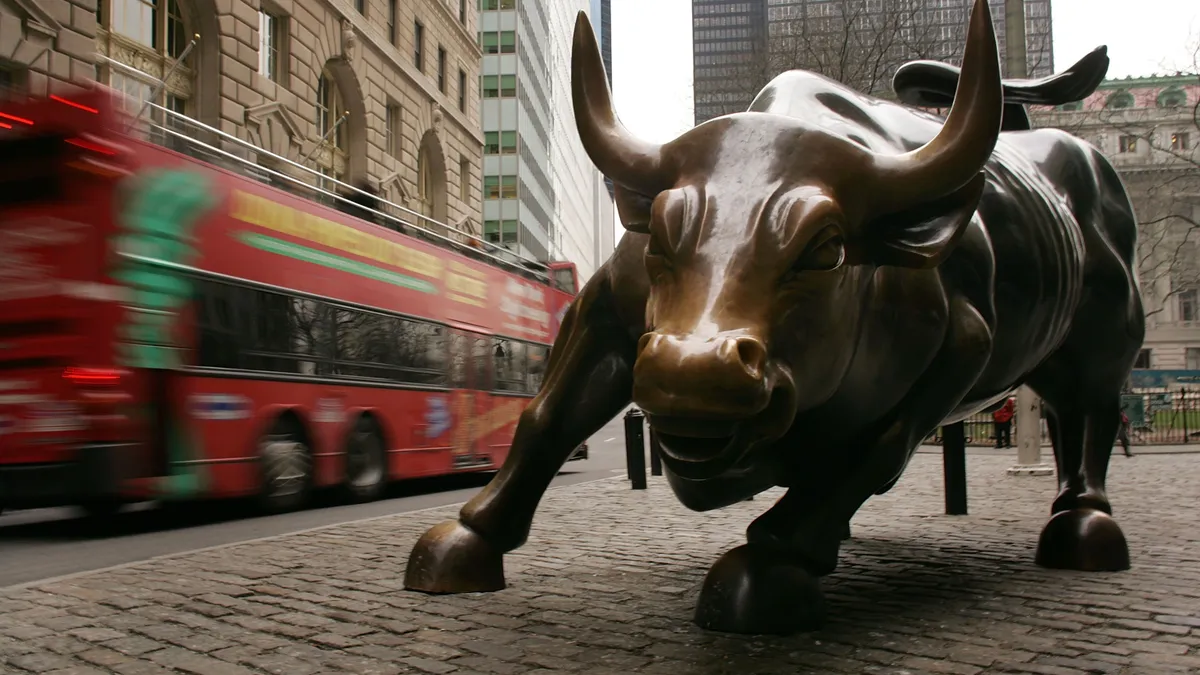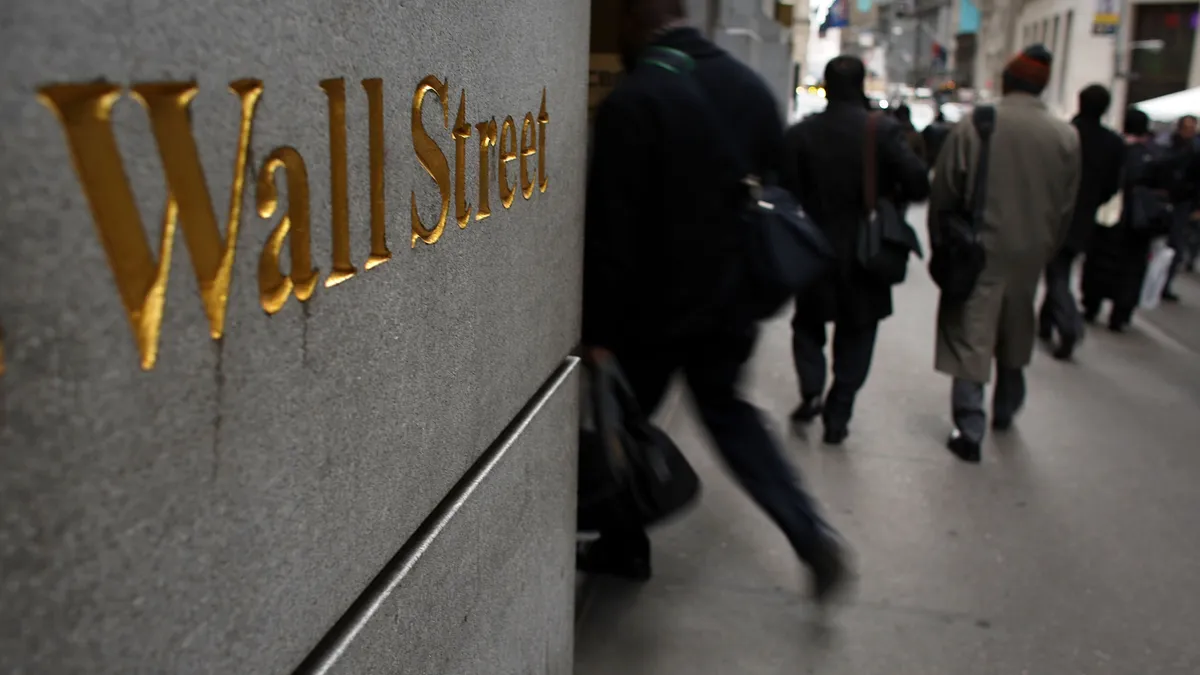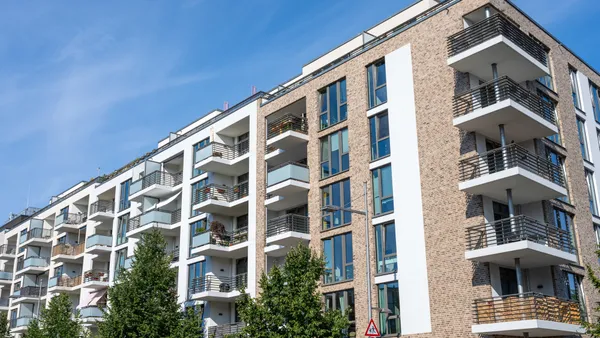Overall, operating conditions across Camden Property Trust’s portfolio played out as the management team expected in the first quarter. However, there were some pleasant surprises.
“Our first quarter 2024 same property performance was better than expected, primarily due to lower levels of bad debt and favorable trends for insurance and property taxes,” Camden President Keith Oden said on the Houston-based REIT’s Q1 earnings call earlier this month.
Camden had budgeted 120 basis points of bad debt in Q1 but saw that number come in at 80 bps. All of the municipalities in which Camden operates now allow the REIT to enforce rental contracts, which boosted the number.
“Some delinquent renters did repay past due amounts,” said CFO Alex Jessett on the earnings call. “But more often, we simply received the benefit of having our real estate back and the opportunity to commence a lease with a resident who abides by their rental contract.”
Eventually, Camden hopes to return to 50 bps of bad debt, which is its average over the past 30 years. Here are three other takeaways from the REIT’s call and earnings report:
Rental rates
While Camden’s management team was happy to remove delinquent residents from its buildings, those departures did put pressure on occupancy. In properties less than 95% occupied, it reduced rental rates in an effort to maximize pricing power as it entered peak leasing season.
“As a result of this shift, we experienced higher occupancy during the quarter, but that was entirely offset by lower rental rates,” Jessett said.
In Q1, Camden’s occupancy was 95%. Its new leases were down 4.1%, and renewals rose 3.4%, for a blended rate of negative 0.9%.“We regained the occupancy in real time that we wanted to,” Oden said. “And the next step is you push rents.”
A big part of Camden’s performance rests on its performance in Houston and Washington, D.C., which represent 25% of its same-store pool of properties.
“I'm certainly pleased to see the relative pricing power that we have in D.C. and in Houston,” Oden said. “Those two markets are really important for us.”
Supply challenges
Although Houston and Washington represent a sizable portion of Camden’s portfolio, the REIT also has holdings in some of the Sun Belt markets facing substantial deliveries.
“We are at 30-year highs for permanent deliveries and, yes, that is limiting rent growth in most markets for now,” CEO Ric Campo said on the earnings call. “The good news is that the market is adjusting quickly to the post-COVID low interest rate development frenzy.”
Campo expects starts to fall to just over 200,000 apartments nationally in 2025. He said those deliveries will likely be driven by properties using tax credits and other forms of government support. “New delivery should peak in 2024 falling by 31% in 2025 and 50% in 2026, which would be a 13-year supply low point,” he said.

Starts may be challenging, but the absorption of over 100,000 apartments nationally in Q1 is helping apartment owners, according to Campo. Population and job growth in the metros where Camden owns properties are boosting the REIT’s occupancy.
“Employment growth has been robust in all of our markets except Los Angeles, which continues to struggle,” Campo said. “Apartment affordability continues to improve as residents' wage growth has been above 5% for the last 17 months, while rents have been relatively flat.”
Expenses fall
Improving bad debt wasn’t the only thing that helped drive Camden’s outperformance in Q1. The REIT saw expenses through lower core insurance claims and lower property taxes.
As a result, Camden lowered its full-year expense guidance from 4.5% to 3.25%, driven by the assumption of lower-than-anticipated insurance and property taxes. “In addition to lower insurance claims in the first quarter, we just completed a very successful insurance renewal, and we are now anticipating insurance will be flat year over year,” Jessett said.
Camden initially projected property taxes, accounting for 36% of its total operating expenses, to increase 3% in 2024. “We have since received very favorable tax valuations, particularly in Houston, and we are now assuming a 1.5% year-over-year property tax increase,” Jessett said.
BY THE NUMBERS
| Category | Q1 | YOY Change |
| Property revenue | $364.5 million | 2.5% |
| Net operating income | $129.8 million | 2.9% |
| Operating expenses | $234.6 million | 2.3% |
| Funds from operations | $1.67 | 0.6% |
| Occupancy rate | 95.0% | -30 bps |
SOURCE: Camden
However, Camden will see some costs go up more than expected. “These positive expense variances are partially offset by increases in salaries, in part associated with increased performance incentives and higher marketing costs associated with higher search engine optimization expenses,” Jessett said.
Click here to sign up to receive multifamily and apartment news like this article in your inbox every weekday.










